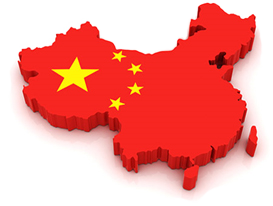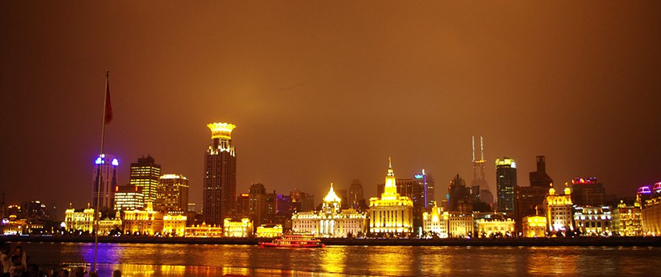The market
The future for new sales markets lies in Asia, primarily in the People’s Republic of China and its special administrative areas of Hong Kong and Macau. This market, with its huge potential in terms of consumers and its rapidly growing numbers of people with disposable income, offers the best prerequisites for the introduction of new Western products and the marketing of high-quality
This market, with its huge potential in terms of consumers and its rapidly growing numbers of people with disposable income, offers the best prerequisites for the introduction of new Western products and the marketing of high-quality
consumer goods.
For many years Chinese consumers with money to spend have increasingly been seeking Western consumer goods, particularly from Germany.
The “Made in Germany” brand, the manufacturing and the quality are often the measure of all things for the Chinese. Consumers in China are very receptive to German products and are willing to pay a higher price for a premium product “Made in Germany.”
China
The Chinese market and its perspectives
China is Germany’s most important economic partner, and Germany is China’s most important trading partner in Europe.
Since 2010 China has been the world’s second-largest economy after the USA, and measured by purchasing power, it has been the largest since 2014.
For many industries, China is one of the most important sales and growth markets, and China’s economic significance for Germany has grown sharply over the last few years. This is clear from the increase in the bilateral trade volume from 53.6 billion euros in 2004 to 143.9 billion euros in 2012, which corresponds to an average annual growth rate of 11.6 %.
Shanghai represents the economic hub for German companies within China, and it is here that a large proportion of German companies are now based.
In 2016, China exported goods worth 2,097.44 billion US dollars and imported 1,587.48 billion dollars’ worth of articles.
In 2016, the EU was China’s biggest trading partner.
China has concluded free trade agreements with 16 trading partners and is in negotiations with a further twelve.
The prospects
The rapidly growing proportion of the population with disposable income behave like Western-style consumers as a result of the global presence of digital advertising.
China’s demographics are very different to that of Germany or Europe.
With a population of around 1.39 billion (Germany has approximately 84 million people) the demographic advantage is obvious. The median is the value at which exactly half the population is younger and the other half is older.
China’s median age is between 22 and 32, while in Germany it is over 46 years old.
The big cities and conurbations in China offer immense potential. Cities like Shanghai with over 23 million residents, Hangzhou with 9.2 million, Quanzhou with 7.8 million, Tianjin with 7.5 million, Wenzhou with 7.0 million, Ningbo with 6.0 million, and Dalian with 5.8 million are just a few cities with these large numbers of consumers.
In the major cities, a rapidly growing share of the population now has above-average disposable incomes and enjoys a continually rising level of prosperity.
Unlike in Germany, this section of the population wants to flaunt its prosperity and adopt a corresponding lifestyle.
This can be seen in their purchasing of Western consumer goods and in the utilization and implementation of various Western lifestyle products.
The market for energy drinks has grown sharply in Germany over the last 15 years. The way things currently stand, growth rates can no longer be achieved even by the existing market participants, so it’s possible that sales will taper off. The battle between competitors is like a suppression of market shares with shifts to one side or another.
The Chinese market is different. With its huge potential in terms of population numbers and their concentration inside the big cities, entirely different market conditions present themselves for the launch of a made-in-Germany energy drink.
The large number of young people, the continually growing population in the big cities, and the increased desire for Western products, for lifestyle products, open up huge market potential.
Thanks to the large proportion of young people, the median age lies between 22 and 32, so in the People’s Republic of China potential market share is all consumers as possible customers.
